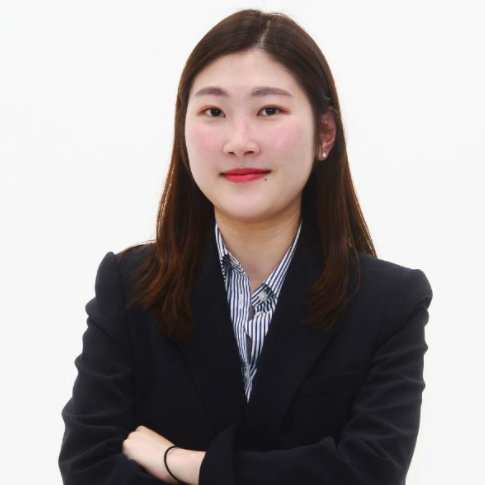Govt. to hire 1,000 med professors for national universities by 2027
Rift grows between government, doctors over medical reform; doctors warn of 'full-fledged' protest next month
By Park Jun-heePublished : May 31, 2024 - 15:46

The South Korean government on Friday said it plans to add 1,000 more professors to medical schools in national universities by 2027 to ensure that students receive the necessary education and training, a day after the Education Ministry finalized the medical school admissions quota for the 2025 school year.
Lee Han-kyung, the Interior Ministry's chief disaster management official, said during a government response meeting that the government also plans to expand the number of equipment and facilities at medical schools so that the quality of education remains high.
Lee explained that the increase in medical school professional staff, equipment and facilities will be made by considering the additional slots at each university and the school's medical education environment.
"(The government) will promptly settle on the number of the exact increase for full-time faculty next year so that they can be hired at the beginning of 2025 (before the semester starts)," Lee said, reiterating the government's push to successfully implement the quota hike.
A total of 4,610 students will be admitted to 39 medical schools next year. Cha University's School of Medicine was not included on the list as it only admits graduate students.
"(The government) plans to quickly come up with plans to advance education by communicating with the medical circle," Lee added.
Lee also urged the medical community promptly to join the medical reform committee to discuss solutions and their ideas, asking them to refrain from holding candlelight vigils nationwide in protest of the government's plan, which they did late Thursday.
The remarks come after the Korean Medical Association -- the largest coalition of doctors' groups with some 140,000 members -- held protests at six locations across the country, including in Seoul, and warned of a "full-fledged" protest against the government's medical reform plan.
"Starting in June, we will begin a major fight against the government's medical corruption. Medical professors have willingly agreed (to participate), and I would also like to ask self-employed physicians, as well as those working in hospitals, to join the battle," Lim Hyun-taek, the KMA's chief, known for his hawkish stance towards the government in the ongoing stalemate, said, though he did not lay out the specifics during the event.
Jun Byung-wang, a policy chief at the Health Ministry, also said during a separate briefing later in the day that any collective action by the medical sector would not result in changes, as the hike in next year's medical school admission quota has been confirmed, calling on junior doctors who have left their workplaces since February to return.
Amid the continued medical standoff, the National Health Insurance Service was set to negotiate medical service fees -- the fees charged by health care providers for medical services rendered, which are partially paid by patients out of pocket and partly reimbursed by the NHIS -- for next year with the medical circle, including the KMA, late Friday.
The two sides, however, remain widely divided on the issue. Doctors argue that the fees should be increased by at least 10 percent, while the government remains icy to this proposal, claiming that a rise in fees could lead to a rise in state health insurance premiums to make the scheme sustainable.










![[Herald Interview] Jeon Do-yeon embraces complexity of Simon Stone's 'Cherry Orchard'](http://res.heraldm.com/phpwas/restmb_idxmake.php?idx=644&simg=/content/image/2024/06/26/20240626050614_0.jpg&u=20240626164325)






![[BIMOS 2024] Hyundai Motor premieres Casper Electric](http://res.heraldm.com/phpwas/restmb_idxmake.php?idx=652&simg=/content/image/2024/06/27/20240627050590_0.jpg&u=20240627175051)
![[Herald Interview] Brand expert Kim Cheon-soo on elevating Korean culture in NY](http://res.heraldm.com/phpwas/restmb_idxmake.php?idx=652&simg=/content/image/2024/06/27/20240627050743_0.jpg&u=)
![[Today’s K-pop] Stray Kids turn chic in album teaser](http://res.heraldm.com/phpwas/restmb_idxmake.php?idx=642&simg=/content/image/2024/06/27/20240627050720_0.jpg&u=)